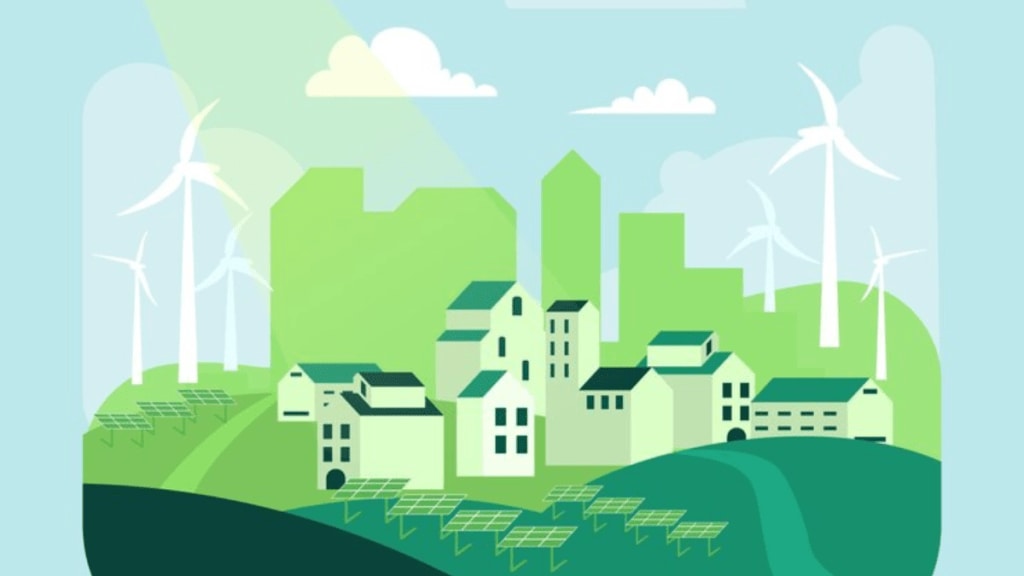Speeding up the move to clean energy technologies can also boost affordability of energy. According to a IEA’s strategies for affordable and fair clean energy transitions report, it can also help relieve pressures on the cost of living. The report highlights how putting the world on track to meet net zero emissions by 2050 requires additional investment but also reduces the operating costs of the global energy system by more than half over the next decade compared with a trajectory based on today’s policy settings.
As per the report, governments worldwide collectively spent around $620 billion in 2023 subsidising the use of fossil fuels, far more than the $70 billion that was spent on support for consumer-facing clean energy investments.
Talking about the report, Fatih Birol, Executive Director, IEA, said, “The data makes it clear that the quicker you move on clean energy transitions, the more cost effective it is for governments, businesses and households. If policy makers and industry leaders put off action and spending today, we will all end up paying more tomorrow.”
Interestingly, clean energy technologies are more cost competitive over their lifespans than those reliant on conventional fuels such as coal, natural gas and oil while solar PV and wind are the cheapest options for the new generation. However, realising the gains of clean energy transitions hinges on unlocking higher levels of upfront investment. This is especially the case in emerging and developing economies where clean energy investments are lagging due to real or perceived risks that hinder new projects and access to finance.
In 2022, during the global energy crisis, consumers globally spent nearly $10 trillion on energy, an average of more than $1,200 for every person on earth, even after subsidies and emergency support from governments are priced in. This is 20 per cent more than the average over the previous five years, with high prices hitting the most vulnerable hardest, both in developing and advanced economies.
Furthermore, retail electricity prices are typically less volatile than oil product prices, providing more predictable costs. Yet, around half of total consumer energy expenditure today is on oil products, and another third on electricity. The report claims that by 2035, electricity overtakes oil as the leading fuel source in final consumption.
The report also finds that incentives and greater support, particularly targeted at poorer households, can improve the uptake of clean energy technologies, allowing consumers to fully reap the benefits of these technologies and the cost savings, while also supporting efforts to reach international energy and climate goals.


